The term ‘feminist’ is still a problematic one, with both feminism and media studies having suffered considerable disdain from both the general public and educational authorities. The relationship between feminists and feminist television studies has been similarly uneasy. Still a stigma surrounds such shows; despite evidence that soap audiences are both male and female, soap opera is still generally regarded as a women’s genre. Soap opera has significantly aided the development of feminist television studies, and the growth of research on the subject that initially centred on the soap opera, but expanded into other genres during the eighties.
The term soap opera originated from the sponsorship of early radio broadcasts by detergent manufacturers, afternoon shows aimed at the housewife, and the episodic structure of this genre has changed very little. The earliest British soaps starred what Brunsdon referred to as ‘realist paradigms’; real women, imperfectly formed, hard-working, multi-ethnic, and extremely various. These representations are still found in shows such as Coronation Street and EastEnders, where overbearing characterizations of bygone female stereotypes are now celebrated. Though feministic attitudes, and the analysis of women in television, have changed in last 20 years, both are now considerably more acceptable, and yet the portrayal of the woman in soap opera has arguably developed little beyond housewife, maternal or sex-object archetypes.
Despite the feminist objection to the portrayal of women in soaps, the soap female was always a dominant presence, an enthusiastic contrast to television in the 60s and 70s, when women rarely featured in current affairs and television presenters were predominantly male. Feminist genres have expanded considerably, generally concerning two types of program – those for women and those about women, though other genres such as comedy and crime series now feature strong female leads that often appeal to viewers of both genders. Television producers now realize fan identity, and the medium, now more than ever, is attempting to cater for every demographic; gender is now determined by media output. Both the analysis of television as text, and the study of the inscription of sexual difference are modern practices. For the most part, feminists have not been drawn to making feminist soap operas.
During its growth in the 1970s, many conflicts have arisen from feminist television studies, many that hindered the development of latter 20th century feminist studies. Feminists, specific only to the Western middle-classes, were only interested in watching soap opera to diminish its representation of women’s roles, and regarded its female viewers with contempt. The soap opera was previously considered a genre that only non-feminists watched, and the feminists that watched such shows in order to denounce them considered themselves closet watchers, forced to enjoy the shows from a desire to hate and criticize them. Feminism could not celebrate soap opera, and as a result many women felt excluded by the ever changing interests and ideals of early feminist media studies.
The development of media studies has changed these views; the study of the soap opera and junk culture is often seen as a political analysis of pleasure, and the modern feminist student now able to study both the merits of the genre as well as its faults. Perhaps the greatest achievement in the field of feminist studies was the distinction between the personal and the political, which redefined media studies and elevated the importance of the study of life in the home.
Taking soap opera and its loyal fan base seriously also allowed modern feminism to be taken more seriously, and in return such feminine studies aided the development of television studies in general.
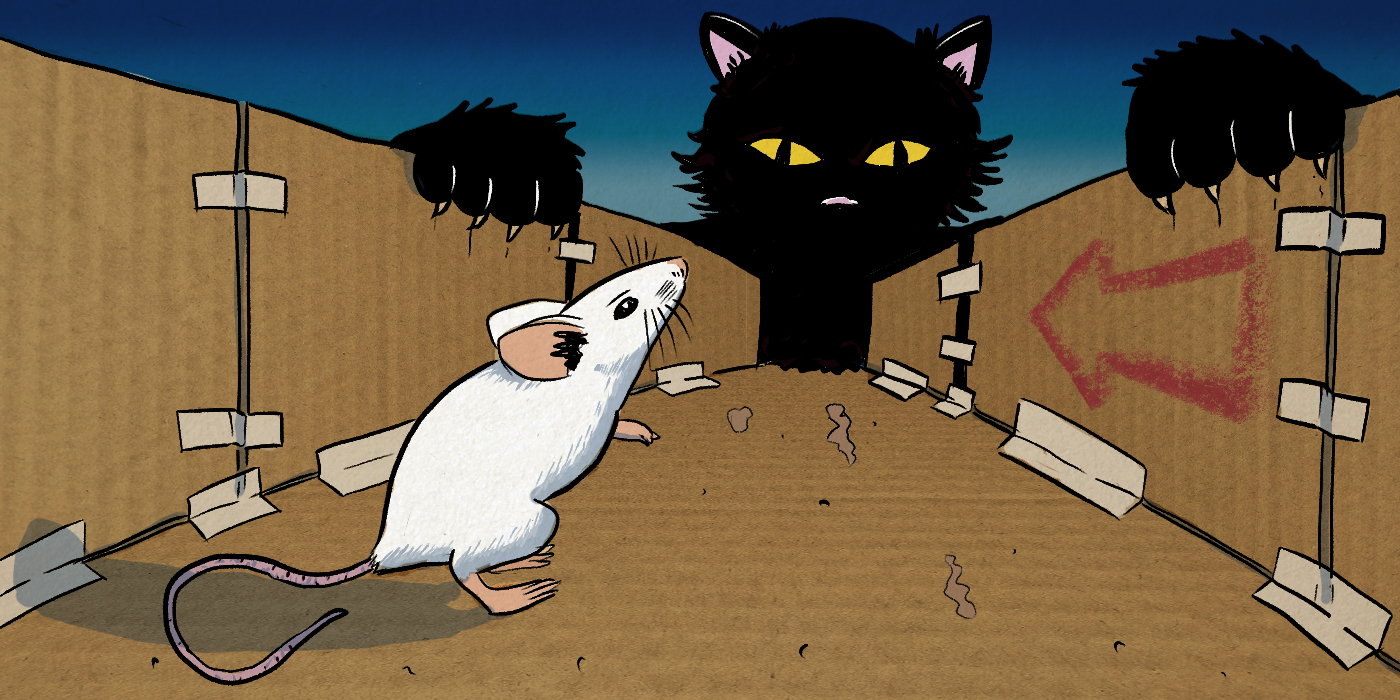
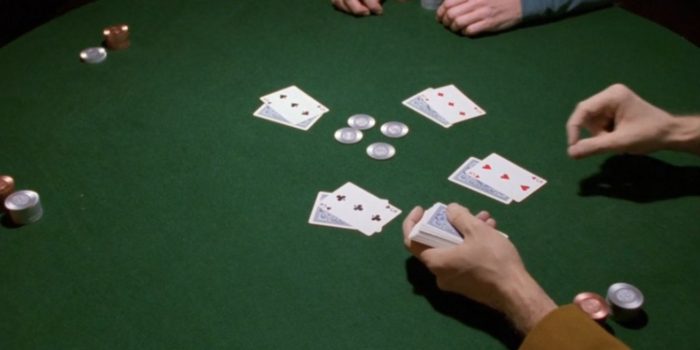
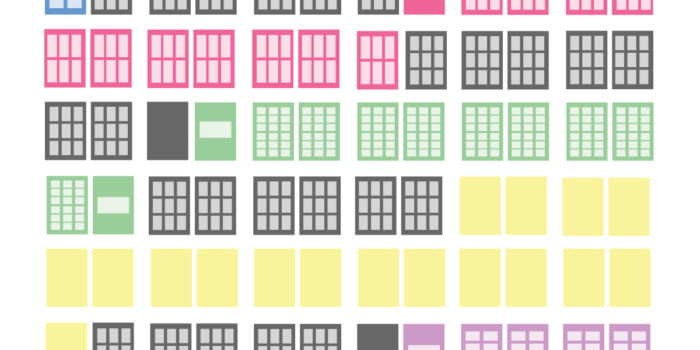

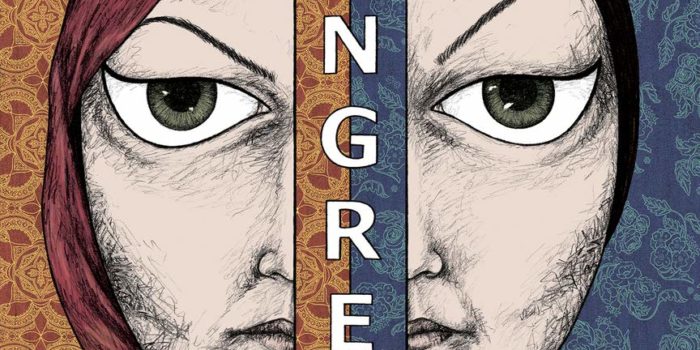
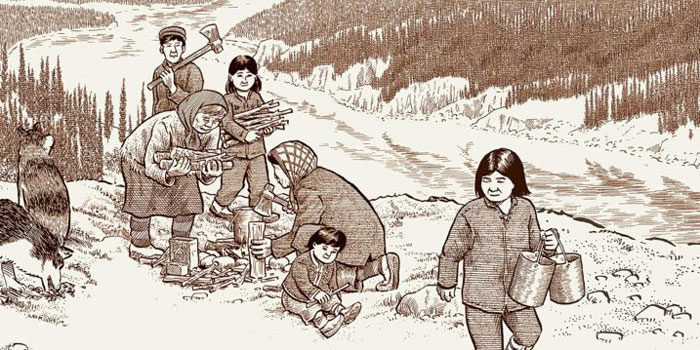


Leave a Reply